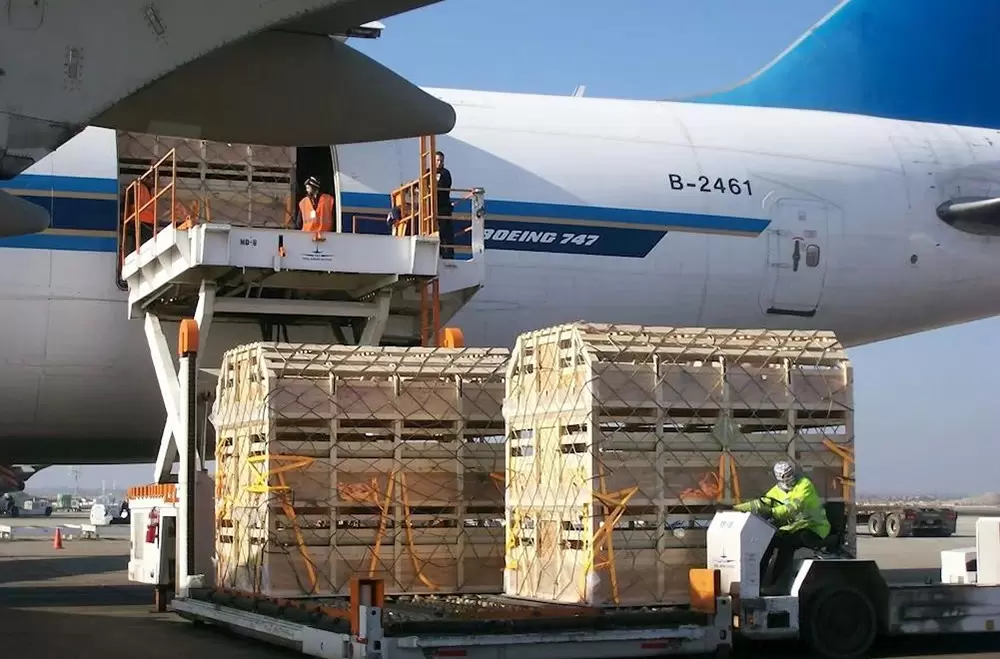Navigating the Challenges: Unraveling the Transportation Conundrum in Developing Countries
Transportation plays a pivotal role in the economic and social development of any country. However, developing countries face unique challenges in establishing efficient and sustainable transportation systems. In this blog post, we will delve into the problems faced by developing countries in the realm of transportation, exploring their causes and potential solutions.
- Inadequate Infrastructure:
One of the primary issues plaguing transportation in developing countries is the lack of adequate infrastructure. Insufficient road networks, poorly maintained bridges, and limited access to transportation hubs hinder the movement of goods and people. This results in increased travel times, higher costs, and limited economic growth. Governments must prioritize infrastructure development to address this challenge. - Traffic Congestion:
Rapid urbanization and population growth in developing countries have led to severe traffic congestion. Inadequate road capacity, coupled with a surge in private vehicle ownership, exacerbates the problem. Traffic congestion not only leads to productivity losses but also contributes to increased pollution levels and road accidents. Implementing intelligent transportation systems, promoting public transportation, and adopting congestion pricing strategies can alleviate this issue. - Inefficient Public Transportation:
Public transportation systems in developing countries often suffer from inefficiencies. Limited coverage, unreliable schedules, and overcrowding deter people from using public transport. Improving the quality and accessibility of public transportation, investing in modern fleets, and integrating technology for real-time updates can enhance the attractiveness of public transport options. - Lack of Safety Measures:
Transportation safety is a pressing concern in developing countries. Inadequate road maintenance, lax enforcement of traffic regulations, and insufficient safety measures contribute to a high number of accidents and fatalities. Governments should prioritize road safety initiatives, including improving road conditions, implementing stricter traffic laws, and promoting public awareness campaigns. - Limited Access to Rural Areas:
Many developing countries struggle with providing transportation access to remote rural areas. Poor road connectivity and limited public transport options isolate these regions, hindering their economic development and access to essential services. Governments should focus on building and maintaining rural road networks, promoting alternative modes of transportation like bicycles, and exploring innovative solutions such as drone delivery systems. - Insufficient Financial Resources:
Limited financial resources pose a significant challenge to transportation development in developing countries. Insufficient funds for infrastructure projects, vehicle maintenance, and public transportation subsidies hinder progress. Governments should explore public-private partnerships, secure international aid, and prioritize transportation investments to overcome this hurdle.
Conclusion:
The problems of transportation in developing countries are multifaceted and require comprehensive solutions. By addressing issues such as inadequate infrastructure, traffic congestion, inefficient public transportation, safety concerns, limited rural access, and financial constraints, developing countries can pave the way for sustainable and inclusive transportation systems. It is imperative for governments, international organizations, and stakeholders to collaborate and invest in transportation infrastructure to foster economic growth and improve the quality of life for their citizens.




